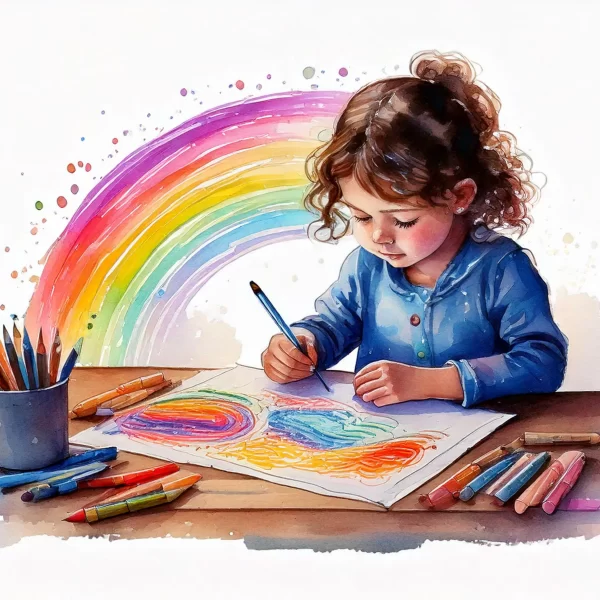Mastering Your Emotions: A Practical Guide to Emotional Regulation for All Ages
Ever felt like your emotions are in control, making it harder to stay balanced? Whether it’s a sudden burst of anger, overwhelming anxiety, or persistent sadness, learning to navigate your emotional landscape is crucial. This article provides practical strategies to help you develop this skill and live a more fulfilling life.
Understanding Emotional Regulation and Well-being
Emotional regulation isn’t about suppressing or ignoring your feelings. It’s about becoming aware of your emotions, accepting them without judgment, and then choosing how to respond in a healthy and constructive way. It involves understanding the triggers that lead to emotional distress and developing coping mechanisms to manage those triggers. Difficulties in emotional regulation, on the other hand, can lead to anxiety, depression, relationship problems, and challenges in daily functioning.
Techniques for Enhancing Emotional Regulation
Several techniques can help improve your emotional regulation:
- Mindfulness: Practicing mindfulness helps you become more aware of your emotions in the present moment. Example: Try a simple mindfulness exercise: focus on your breath, noticing the sensations of each inhale and exhale. When your mind wanders, gently redirect your attention back to your breath.
- Cognitive Restructuring: This involves identifying and challenging negative thought patterns that contribute to emotional distress. Example: Ask yourself: “Is this thought based on facts or assumptions?” “Is there another way to look at this situation?” If you are catastrophizing a situation, try to reframe your thoughts to be more balanced and realistic.
- Problem-Solving: Sometimes, emotional distress stems from underlying problems. Example: If you are feeling stressed about work, identify the specific tasks causing the stress, brainstorm solutions like delegating or prioritizing, and then take action to address them.
- Self-Soothing: Engage in activities that help you relax and calm down. Example: This could include listening to calming music, spending time in nature, taking a warm bath, or engaging in creative activities like painting or knitting.

Fostering Emotional Regulation in Children
Adults may face unique challenges, such as stress from work or relationships. It’s important to practice self-compassion and acknowledge that it’s okay to struggle. Seek support from friends, family, or a therapist if needed. Remember to prioritize self-care activities, even when busy.The Power of Mindfulness and Creative Expression for Emotional Regulation
Adults may face unique challenges, such as stress from work or relationships. It’s important to practice self-compassion and acknowledge that it’s okay to struggle. Seek support from friends, family, or a therapist if needed. Remember to prioritize self-care activities, even when busy.The Power of Mindfulness and Creative Expression
Mindfulness and creative expression can be powerful tools for emotional regulation. Drawing, coloring, journaling, and other creative activities provide a safe and healthy outlet for expressing emotions. They can also help you focus on the present moment and reduce stress. Engaging in these activities mindfully, paying attention to the sensations and emotions that arise, can further enhance their benefits.
